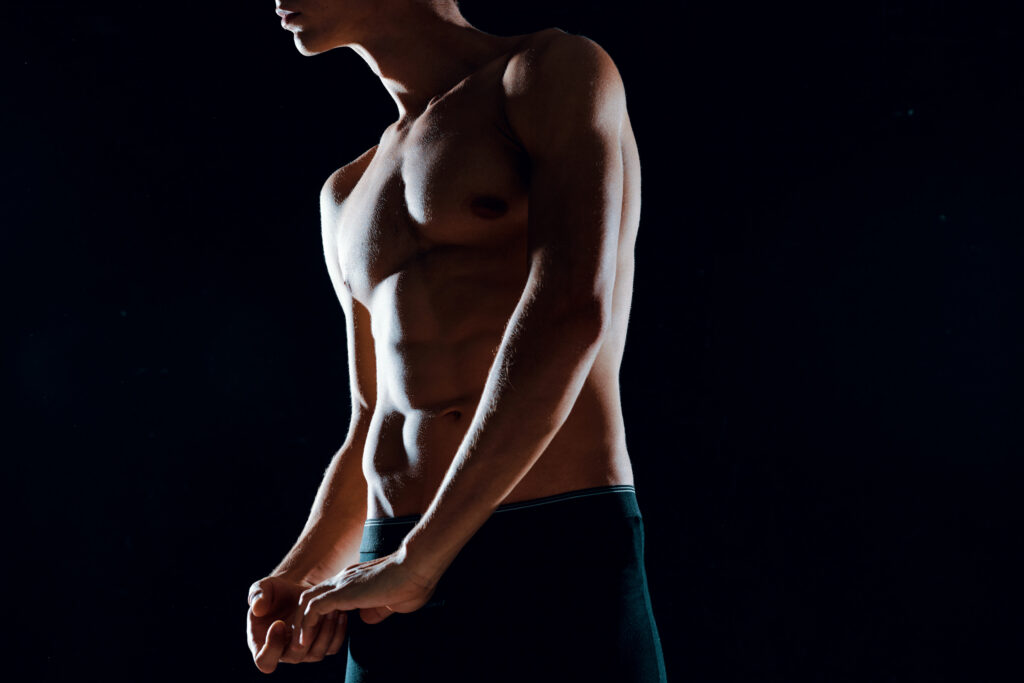The muscles that make up what we commonly refer to as the “abs” are primarily the rectus abdominis. This muscle extends from the pubic bone up to the sternum and ribs. It’s divided by tendinous intersections into segments. The most common natural configuration of these segments is a “six-pack”, where three horizontal lines create six muscle bellies.
However, the number of these divisions can vary among individuals. Some people might have an extra tendinous intersection, creating an “eight-pack.” But, the notion of a “12-pack” is an exaggeration or misconception. No one has 12 individual sections in the rectus abdominis. Often, when people refer to a “12-pack”, they might be including the obliques or other surrounding muscles, but this doesn’t align with the traditional understanding of the “packs” of the rectus abdominis.
Achieving a visible six-pack or eight-pack requires both muscle development and low body fat. The muscle can be built and strengthened through exercises like crunches, leg raises, and planks. But, for these muscles to be visible, one needs to reduce the layer of fat that might be covering them. This is usually achieved through a combination of cardiovascular exercises, strength training, and a well-balanced diet.
So, while the term “12-pack abs” might be thrown around in popular culture or fitness circles, it’s not anatomically accurate for the rectus abdominis. Your goal should be to strengthen and define the muscles you have, and work on reducing body fat to make them visible, rather than chasing an unrealistic ideal. Remember, everyone’s body is different, and genetics can play a role in how your abdominal muscles are segmented. It’s essential to focus on your individual journey and progress.

